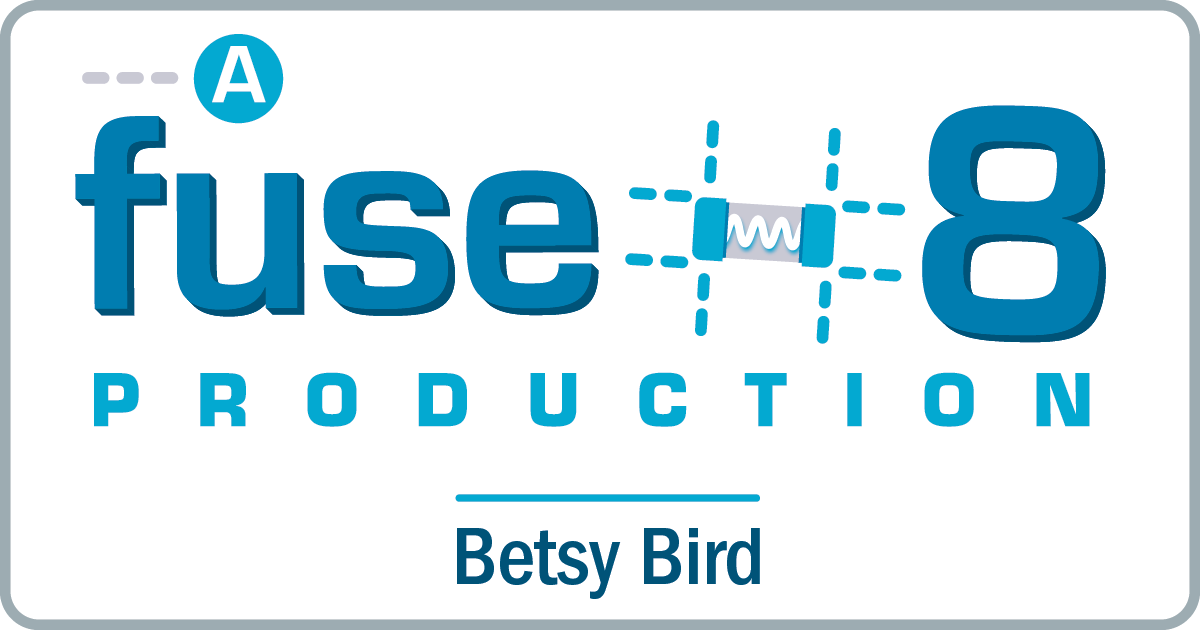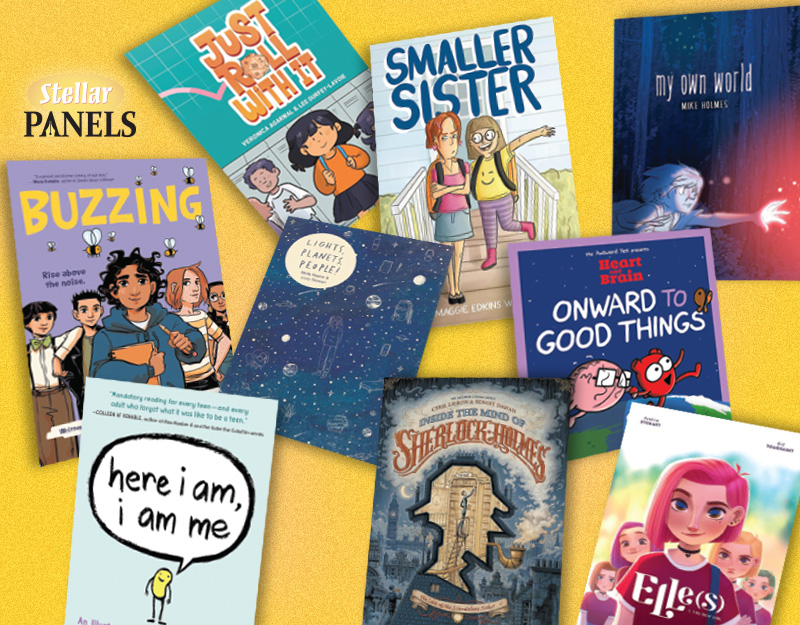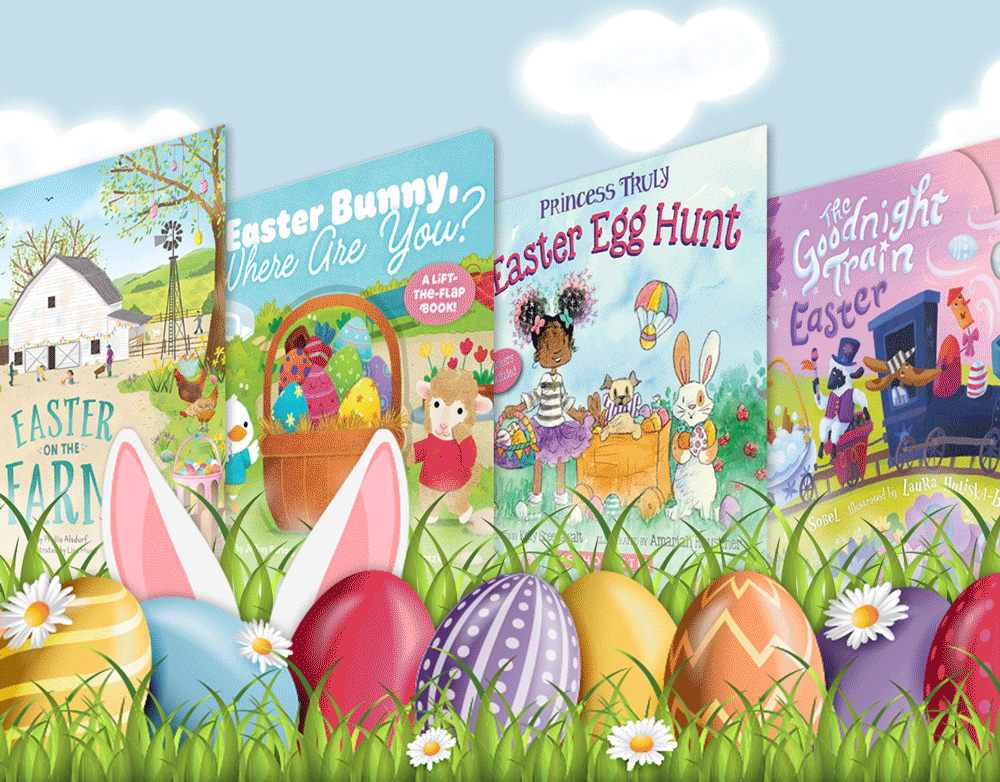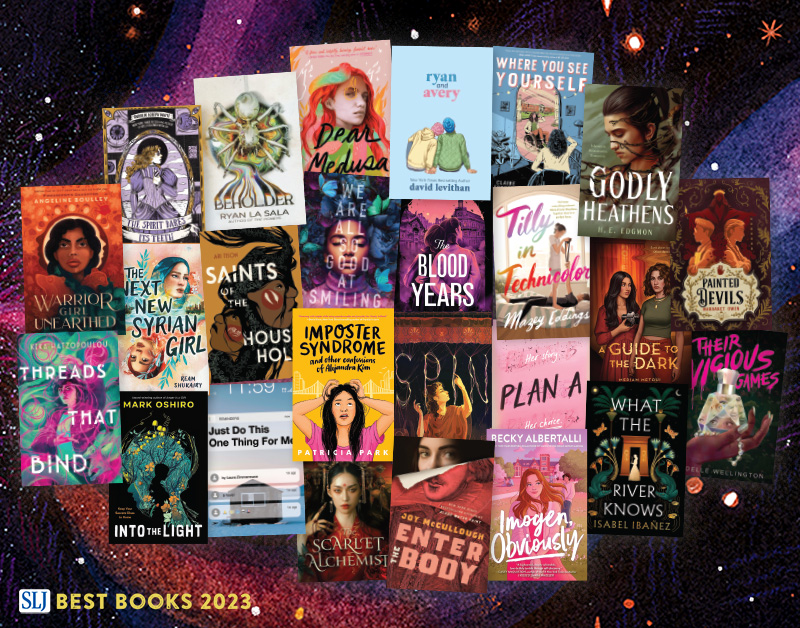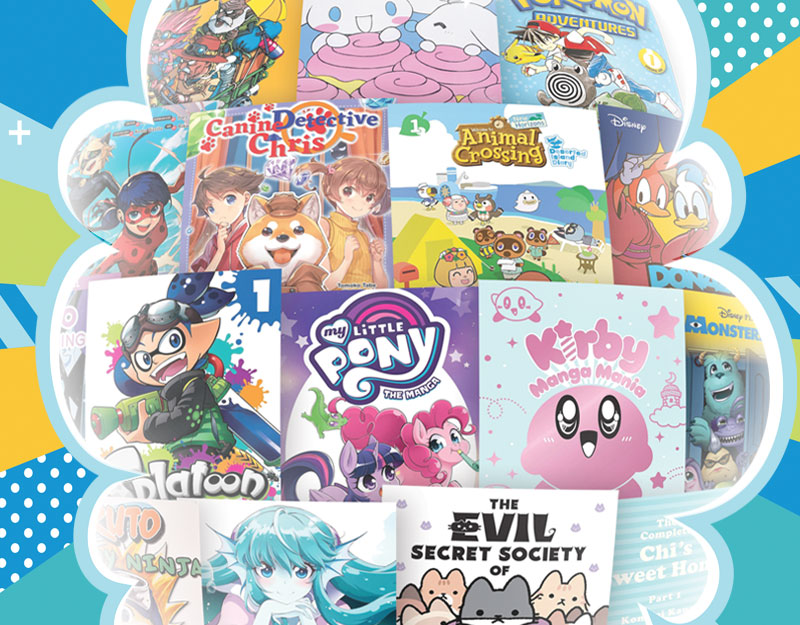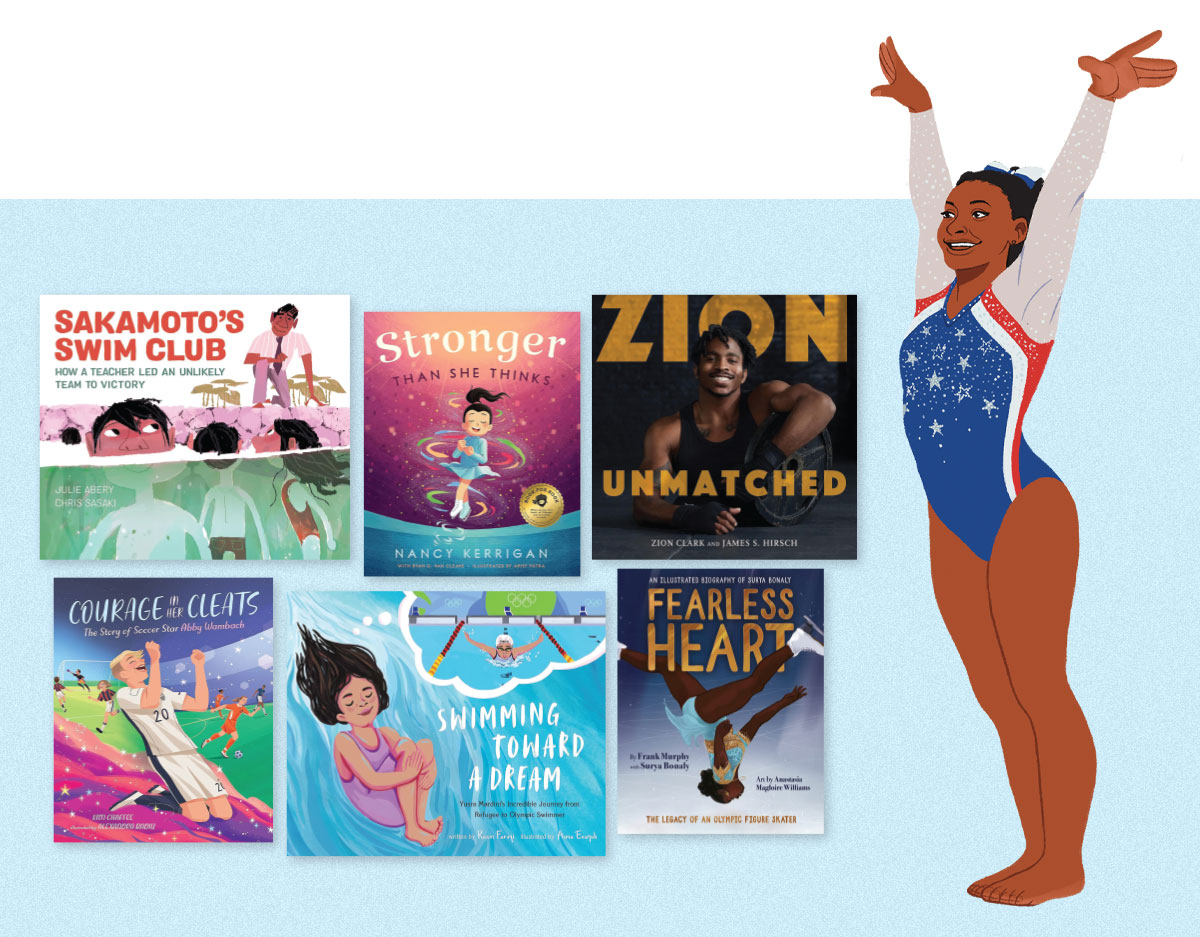Review of the Day: Rita & Ralph’s Rotten Day by Carmen Agra Deedy, ill. Pete Oswald

Rita and Ralph’s Rotten Day
By Carmen Agra Deedy
Illustrated by Pete Oswald
Scholastic
$17.99
ISBN: 9781338216387
Ages 3-5
On shelves March 3rd
When I rule the world, there are gonna be some changes. Some really strange, site-specific changes. For example, let us say you’re a prospective library school student who has decided to take a class in children’s librarianship. On the first day of class it will be a rule, NAY, law that there must be a banner hanging over the door of the classroom that states the following fact: ALL CHILDREN’S LIBRARIANS MUST ALSO BE PERFORMERS. Just so nobody is caught unawares. This, of course, does not gel with the public’s perception of what librarianship constitutes. I have a patron in my library that truly believes, in his heart of hearts, that all that librarians do all day is read books. Many is the library graduate student we’ve captured with such myths. Alas, while we do tend to love reading, children’s librarianship in particular requires a certain oomph. A little je ne sais quoi. A kick in your step and a superhuman ability to engage a room of squirmy squirmers for, at the very least, 15 minutes. Music can help, absolutely. Songs and dances and those little egg shakers that I suspect breed like bunnies in library storage closets (seriously, when did we buy 100 of them?). But the bread and the butter of any children’s librarian’s arsenal is the hand rhyme. Librarians trade them to one another on the sly. They subscribe to YouTube channels that feed the need. And they were way in “Baby Shark” before it became a thing. By and large, picture books regularly fail to tap into this valuable market. Fortunately, there are folks out there like Carmen Agra Deedy that know a good thing when they see it. Taking a common hand rhyme and turning it into a story with a satisfying plot would be a difficult challenge for anyone but for Ms. Deedy’s Rita & Ralph’s Rotten Day it’s a breeze. A marvelous addition to any storytime roster, no matter where you are.
Psst! I’m going to let you in on a little secret. Flip to the back of this book before you read it. Do you see the section that shows you how to perform this book as a hand rhyme? Okay, I’m going to need you to sit down and really practice what you see there. Got it? Good. Because we’re going to read a story about Rita and Ralph. They’re friends. Best friends. And every morning they would “open their doors, step outside, close their doors, and run… down the hill, and up the hill, and down the hill, and up the hill.” Every day, that is, until a new game called “Sticks and Stones” results in Ralph making a great big goose egg on the top of Rita’s head. Rita’s mad, so she goes home. Ralph goes to apologize but then he gets mad. So Rita goes over to talk to him, but then she gets mad all over again. Will they be able to meet in the middle or is the friendship totally through?
ADVERTISEMENT
ADVERTISEMENT
The first thing you notice about the book when you pick it up is the physicality of it. It’s 7.62 inches high by 12 inches WIDE. Oh. Hear that? That is the sound of a hundred librarians sighing at once because they know as well as I do that there will be some shelves where this little book will jut out like it’s trying to get your attention. Better wide than high though, that’s what I always say. The hand rhyme that Deedy credits in the back of the book is one that she names “Mr. Wiggle & Mr. Waggle” but as you might imagine it has more names than a single person could count. Though it was never a part of my own personal toddler storytime roster, I’ve seen many a fine librarian give a version of it over the years. All this begs the obvious question: How the heck do you perform a hand rhyme when one of your two hands is holding a book? Well, Rita & Ralph isn’t the first book out there to take on this challenge. As I see it, you’ve a couple different options to choose from:
1.
You perform this book with a partner-in-crime. This could be a fellow
adult, capable of holding the book and turning the pages while you read
it and do the hand motions, or they could do the hand motions while you read the book and turn the pages. Both options work just fine.
2.
You teach the children the rhyme before you read the book. Or, rather,
you show them what to do with their hands. Then, you read the book and
perform with just one hand.
3. This one takes some balancing but I
think it could be done, albeit with some practice. For the storytime you
get yourself a seat. Then you balance the book on your lap. You
essentially read the book upside down and when you get to the down the
hill/up the hill sequence you hold the book open with your
legs/knees/thighs and do the hand rhyme. Warning: This is a highly
advanced move and should not be attempted by storytime newbies.
In other words, it can be done.
Carmen Agra Deedy is, herself, a storyteller and probably one of the finest I’ve ever seen. Meanwhile, hand rhymes, for all their charms, don’t have a lot of narrative depth to them. I think we’ve all seen picture books based on rhymes or songs (lovely lovely public domain songs) that felt superfluous and slight. Books where you’re happy enough to use them in a storytime because as a children’s librarian you want to keep tying in what you do to books, but that don’t exactly overwhelm you with their creativity. That’s why Rita & Ralph’s Rotten Day is such a rarity. Deedy, somehow or other, managed to make this silly little fluff of a rhyme, into a tale of regret, mistakes, humility, and taking responsibility for your actions. It’s about the simple act of saying you’re sorry and meaning it. It’s also about how you can talk yourself out of a good impulse and into a bad emotion, given enough time. Now look how she tells the story itself. How she sometimes likes to multiply the “a” in “and” at the end of her up and down the hill rhyme so that it stretches out to “aaaaand up the hill.” Those little flourishes help readers figure out precisely how to pronounce the book aloud. Don’t discount them. They’re there for a reason.
Like I mentioned before, we’re dealing with a low-slung book. Long and thin. The kind that needs just the right art to pull it off. Now, no one does l’il noseless wonders better than Pete Oswald. Though his doggies are downright Klassen-esque, the look and feel of this book is pure Oswaldian. All gouache watercolor textures rendered digitally. Greens and browns and reds, the primary players on the page. He’s also one of those artists that creates books that look simple on the surface but clearly put a lot of time, thought, and consideration into the art. Here’s an easy way to tell if an illustrator is dedicated to their work: Compare the front and back endpapers. In the case of this book, I found myself flipping back and forth between the front and the end, over and over, noticing all the little details and changes between the two images of Rita and Ralph’s houses and the tree between them. I think a person could write an entire thesis on what the flock of birds is doing between one page and the next in this title. Look at the sun and how its flight across the sky shows the passage of time. An animator by trade, Pete uses wide angles and tight close-ups to convey how one day can turn rather spectacularly rotten. It wouldn’t work for every book out there, but for Deedy’s it’s just the right touch.
At the back of this book you will see special thanks “to Sherry Norfolk, educator, storyteller, and most generous friend.” Norfolk, in case you are unaware of her work, is one of those children’s librarians who sort of started out like we all do and then just exploded in a million different directions. Author, storyteller, professor, consultant, performer, you name it. Perhaps Deedy heard Norfolk perform this rhyme. Whatever the case, you know she had someone in mind when she chose to retell it the way that she did. I wonder, vaguely, if parents will understand its value as much as librarians and booksellers (who often are also called upon to perform) do. Certainly I’ve been accosted by more than one parent saying to me, “I have to read aloud to my kid’s class. What should I do?” This wouldn’t be a bad book to hand them if it’s a preschool or daycare they have to confront. I’m not saying they shouldn’t practice a few times beforehand, but once you have this book down I bet you could slay with it. I bet the kids would demand you read it again and again and again. Remember how I listed all those different ways to read it and do the hand rhyme at the same time? Here’s a notion: Try placing the book flat on your lap and reading it to just one kid. One happy, grateful, highly amused kid. Because really, isn’t that what a book should be all about anyway? You betcha.
On shelves March 3rd.

Source: Galley sent from publisher for review.
Video:
I can yammer on all day, but nothing quite beats seeing the author herself perform some of this book in person. How bout it?
Filed under: Best Books, Reviews, Reviews 2020
About Betsy Bird
Betsy Bird is currently the Collection Development Manager of the Evanston Public Library system and a former Materials Specialist for New York Public Library. She has served on Newbery, written for Horn Book, and has done other lovely little things that she'd love to tell you about but that she's sure you'd find more interesting to hear of in person. Her opinions are her own and do not reflect those of EPL, SLJ, or any of the other acronyms you might be able to name. Follow her on Twitter: @fuseeight.
ADVERTISEMENT
ADVERTISEMENT
SLJ Blog Network
2024 Books from Pura Belpré Winners
Winnie-The-Pooh | Review
Parsing Religion in Public Schools
Finding My Own Team Canteen, a cover reveal and guest post by Amalie Jahn
ADVERTISEMENT

